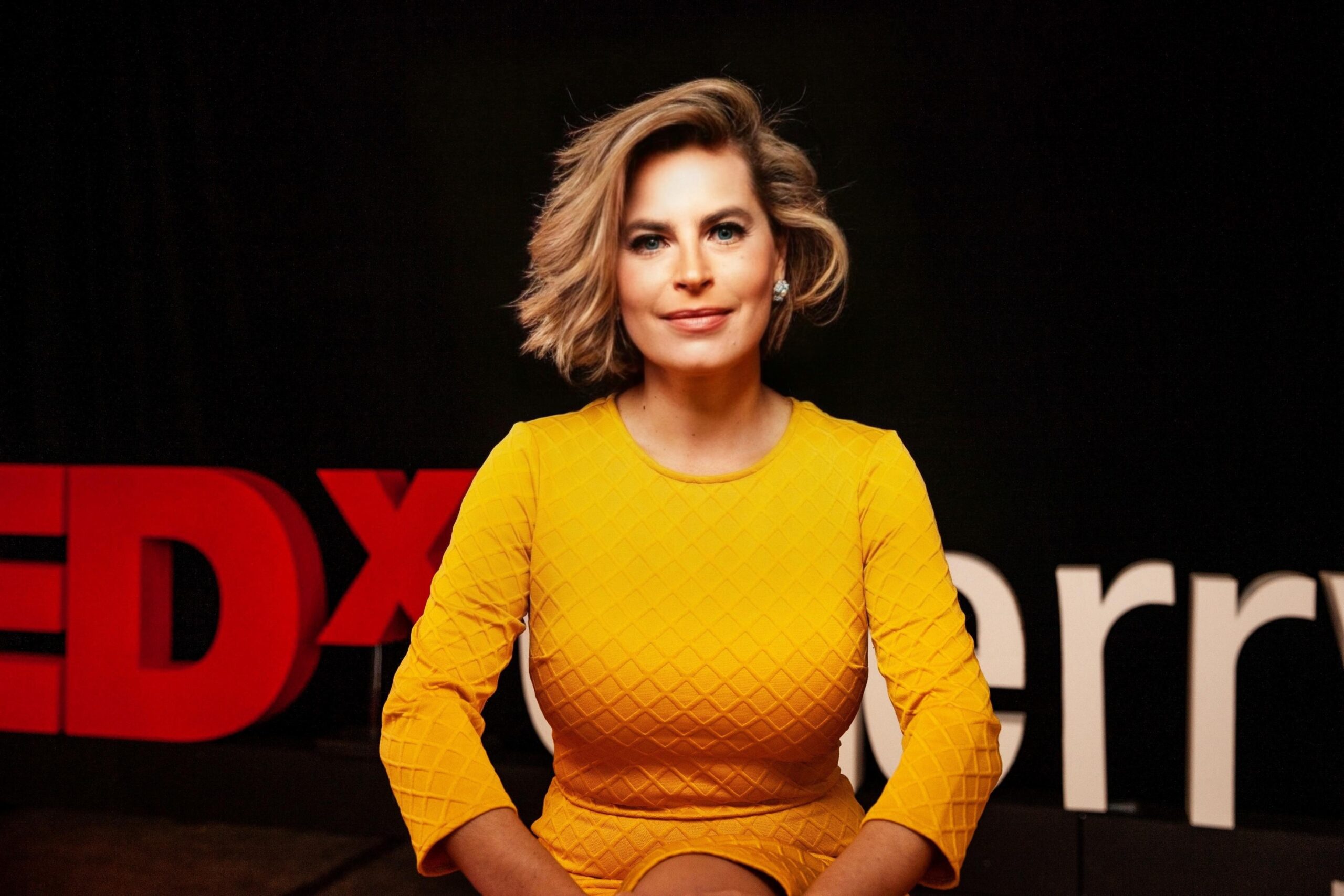In the rapidly evolving world of artificial intelligence (AI), legal professionals face the challenge of balancing innovation with ethical responsibility. As industries adopt AI to drive business success, product lawyers emerge as key players in shaping governance structures, ensuring compliance, and fostering trust.
Building on insights from a recent collaboration in ACC Docket, this post highlights the essential role product lawyers play in managing AI risks and opportunities through the Product Counsel Framework.
What is AI Governance?
AI governance refers to the policies, processes, and systems organizations implement to develop and deploy AI responsibly. This includes ensuring compliance with regulations, addressing ethical challenges, and aligning AI strategies with business goals.
AI’s applications range from predictive models for weather to innovative products like wearables. However, without robust governance, risks like privacy violations, bias, and unintended consequences can undermine trust and success.
Through the Product Counsel Framework, product lawyers provide a roadmap to address these risks while maximizing AI’s potential.
Key Contributions of Product Lawyers to AI Strategy
1. Building Accountability
Product lawyers establish accountability structures by embedding clear guidelines, conducting audits, and ensuring compliance with laws like GDPR and CCPA. This proactive approach ensures AI systems operate transparently and ethically, building consumer and stakeholder trust.
2. Managing Risk and Bias
From safeguarding data privacy to mitigating algorithmic bias, product lawyers help companies navigate the complexities of AI. By analyzing datasets and AI model outputs, they ensure that AI-driven solutions align with principles of fairness and equity.
3. Driving Collaboration
Successful AI governance requires cross-functional collaboration. Product lawyers work with business leaders to evaluate ROI, with tech teams to assess infrastructure readiness, and with compliance teams to operationalize policies.
Aligning AI with Business and Regulatory Goals
As AI regulations like the EU AI Act emerge, aligning AI systems with both legal and business objectives becomes critical.
Benefits of Strategic Alignment:
- Minimized Legal Risks: Non-compliance can result in hefty fines and reputational damage.
- Enhanced Trust: Transparent and ethical AI builds credibility with customers and regulators.
- Sustainable Growth: Governance structures enable responsible innovation that drives long-term success.
The Product Counsel Framework equips product lawyers to navigate this balance, positioning AI as a competitive advantage.
Fostering a Culture of Responsible AI
Beyond policies and audits, creating a culture of responsible AI is essential. Product lawyers can:
- Collaborate Across Teams: Ensure AI principles are consistently applied across IT, HR, and product development.
- Implement Training Programs: Regularly update employees on governance practices and ethical concerns.
- Encourage Ethical Dialogue: Create safe spaces for employees to raise concerns and refine AI practices.
By embedding ethical AI as a core value, organizations can sustain innovation while maintaining public trust.
Why the Product Counsel Framework Matters
The Product Counsel Framework isn’t just about compliance—it’s about empowering legal professionals to lead the AI revolution. By integrating legal, ethical, and business considerations, product lawyers can guide organizations to leverage AI responsibly and effectively.
For a deeper dive into how this framework can transform AI governance, check out the full article in ACC Docket.
And for practical strategies to take your product law practice to the next level, explore Product Counsel: Advise, Innovate, and Inspire, a guide for navigating the intersection of law, technology, and innovation.


